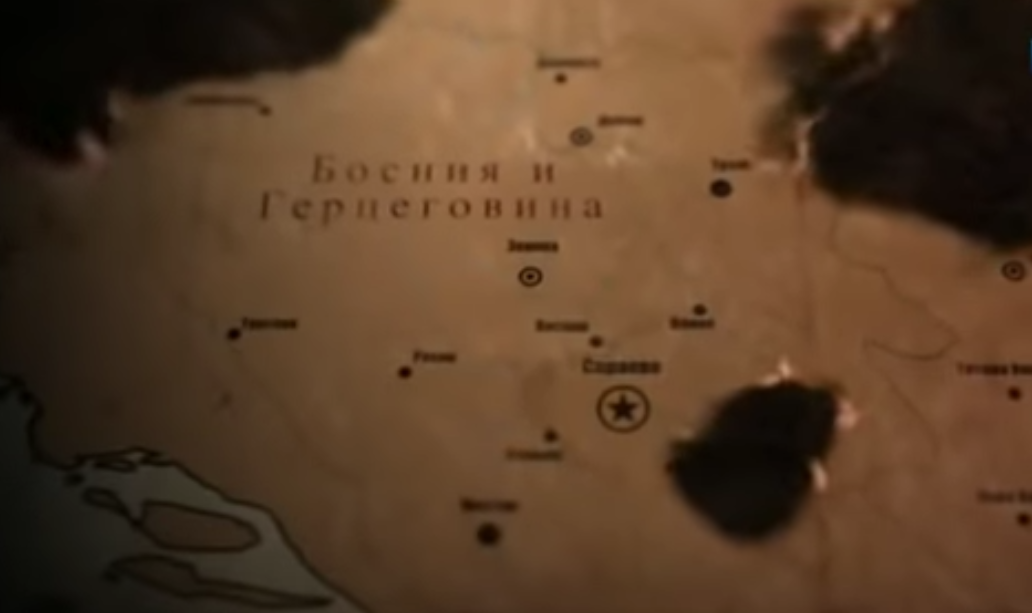The last chairman of the Presidency of Yugoslavia was Stipe (Stjepan) Mesic (from June 3 to October 3, 1991). During his presidency, the main processes of disintegration of the unified state and the separation of a very important part of it, Croatia, took place. Croatia’s attitude to Yugoslavia predetermined the disintegration of the country. The fact that republican presidents were elected in Yugoslavia (as in the USSR) also played a role.
Slovenia was the first to break away, located in the northernmost part of the country closest to Europe. Slovenians have a specific identity and language that differs significantly from Serbian and Croatian, which are, however, also different from each other. At the same time, the Slovenes have always felt that they are the residents of the most economically developed region within Yugoslavia, which is why they were the first to decide to secede.
The chairman of the Union of Communists of Slovenia was Milan Kučan, who advocated a rapprochement between Slovenia and Europe, and this led to his conflict with Milosevic. The war between Yugoslavia and the independent Slovenia lasted only 10 days (June 27 – July 6, 1991).
Europe supported Slovenia with money and arms, especially Germany, which had recently reunified. On the archive photos of the ten-day war one can see the flag, which is similar to the Russian tricolor. The fact is that the Slovenians used the same colors for their flag as the Russian flag, and hung it on the tanks taken from the Yugoslavs. In December 1991, Kučan became the first president of that country.
By 1992, Croatia, with its capital in Zagreb, had separated from Yugoslavia, in addition to Slovenia. It happened this way: the Serbian autonomous region of the Knin Krajina was proclaimed in the Serbian territory of Croatia, where the majority of the Serbs were. Then they announced a referendum on secession from Croatia, which was a response to the Croatian authorities and a demonstration of the desire of the Serb population of Croatia to remain part of Yugoslavia.
The Croats threatened them and sent helicopters. UNA aviation took to the skies and forced the helicopters to retreat. The Croatian police tried to prevent a referendum from taking place, but they failed, and it took place. The result was a quasi-state formation, the independent Republic of Srpska Krajina.
In 1992 the rest of the country was at peace, guarded by a unified army. The disbandment of the UNA took place in 1992, and synchronously with the disbandment of the Soviet army.
